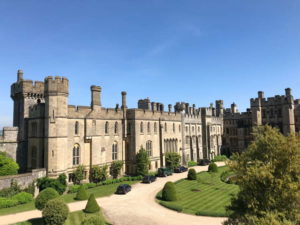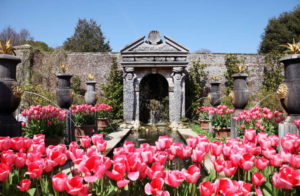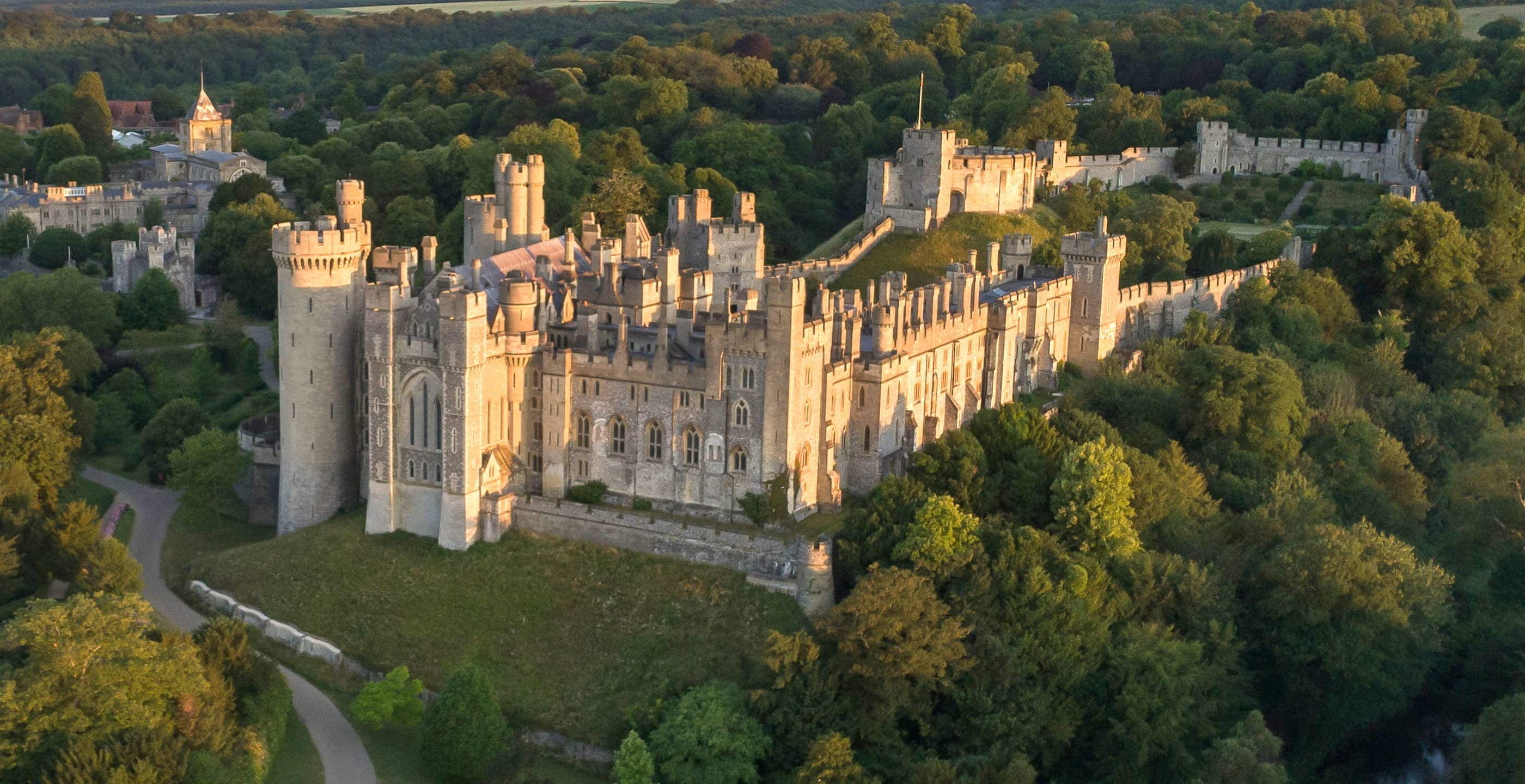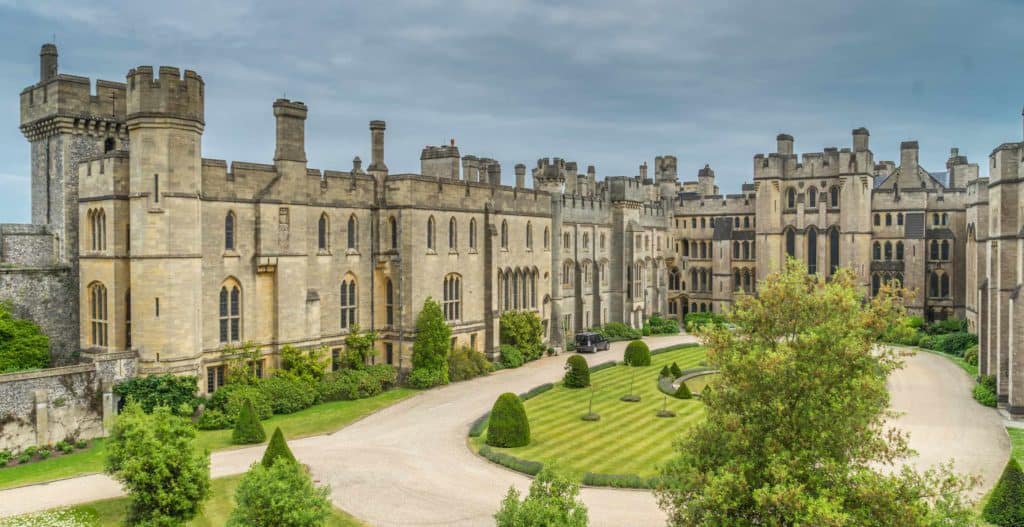Telephone: 01903 882173
Website: hhttps://www.arundelcastle.org/
Owned by: Arundel Castle Trust. Opening times: March – October (dates vary annually), 10.00 – 17.00 daily (last entry at 16.00) from Tuesday-Sunday and select Mondays and Bank Holidays.
Public access: Castle visits are “free flow”, with guides available throughout the castle to answer questions and provide information. Guided tours can be arranged in advance. Tours of the garden must also be booked in advance for a minimum of 20 visitors. The keep closes at 16.30.
A restored medieval castle, hereditary stately home of the Dukes of Norfolk and their ancestors for over 850 years. Arundel Castle occupies a defensive site on a prominent hill in West Sussex, overlooking the River Arun and the South Downs. Founded in 1067 by Roger de Montgomery, Earl of Arundel, the castle has many fine original features including the Norman keep, medieval gatehouse and barbican. Once used for the defence of the castle, these spaces are now home to interactive exhibition areas where visitors can also dress up in costume to learn about how to hold a castle against a siege.
Roger de Montgomery’s original foundation consisted of a motte, a high mound of earth surrounded by a dry moat, with a double bailey. King Henry I gave both the castle and its lands to his second wife Adeliza of Louvain, who remarried after the death of Henry I. The stone keep was built by her second husband William d’Albini, followed by the construction of a stone castle by Henry II. Apart from periods of ownership by the Crown, the castle belonged subsequently to the Fitzalans and then the Howards in the 16th century.

Above: Arundell Castle
It is impossible to imagine English history without the part played by both of these powerful families The 3rd Duke of Norfolk (1473-1554) was uncle of Anne Boleyn and Catherine Howard. The 4th Duke (1536-72) was named a traitor and lost his head for planning a marriage with Mary Queen of Scots. The later 16th and early 17th centuries saw many beautiful paintings and artefacts installed in the castle by the “Collector” 14th Earl of Arundel, including works by Van Dyck, Gainsborough, Reynolds and Canaletto. It’s not surprising that a stronghold such as Arundel should have experienced warfare over the years, and during the English Civil Wars it was attacked by both the Royalists and the Parliamentarians on separate occasions!
Major restoration work was carried out on the castle by Henry, the 15th Duke of Norfolk (1847 – 1914), who also had the foresight to install electricity (at a cost of £36,000), lifts, central heating and a domestic water supply. Many other stately homes were still using lamps and employing lamp men, as well as having servants carry hot water to bed chambers until the 1930s! The castle and its gardens are open to the public. Entrance fee applies.

Above: Gardens at Arundel Castle



